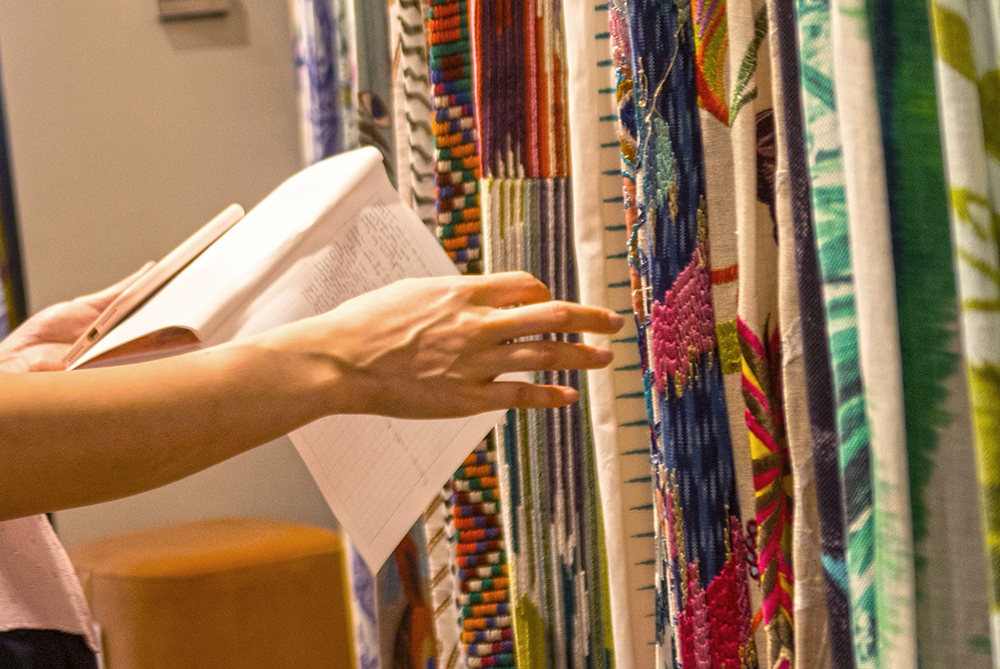More
Purpose/Impact
As 80% of the life cycle impact of clothing comes from the decisions made during the design stage,1 textile and apparel developers fundamentally need to be more conscious about their fiber choices. It is toward this end that Islam and Arya are designing a model to predict the ideal mix of global textile fibers primarily based on their environmental profiles instead of their demand-driven consumption.


Outcomes/Accomplishments
Dr. Islam’s and Dr. Arya’s research will culminate in a guidebook for the textile and apparel industry—providing comprehensive documentation of textile fibers’ environmental profiles to help the industry make environmentally sound decisions. This guide will allow those sourcing, designing, and manufacturing textiles and apparel a detailed look at the environmental impact of those materials, including whether or not they meet the maximum acceptable amount of GHG emissions per the IPCC’s recommendation. Furthermore, the guide can be used to predict an ideal textile fiber consumption pattern for 2030 to align with the textile fiber industry’s carbon budget; as well as quantifying the amount of GHG emissions that the textile fiber industry will release if the industry follows existing demand-driven predictions for 2030.
STATUS UPDATE
The Science-based Targets (SBTs) “absolute contraction” method–where companies set emissions reduction targets aligned with the global, annual emissions reduction rate that is required to meet 1.5˚C or well below 2˚C–will be applied to the collected data to predict a fiber’s ideal consumption scenario. Both textile and fashion design students can make informed decisions in product development by knowing the profile of different textile fibers, yarns, and fabrics, as well as final product processing. Despite several sustainability initiatives—including garment take-backs, wardrobe recycling programs, using polyester from recycled bottles, etc.— every research study envisages a growth in apparel consumption by 2030. The global climate crisis is cumulative, but the solutions are cumulative too. A small solution carried out from the findings of this study along with other potential solutions will have a bigger impact when applied together.




